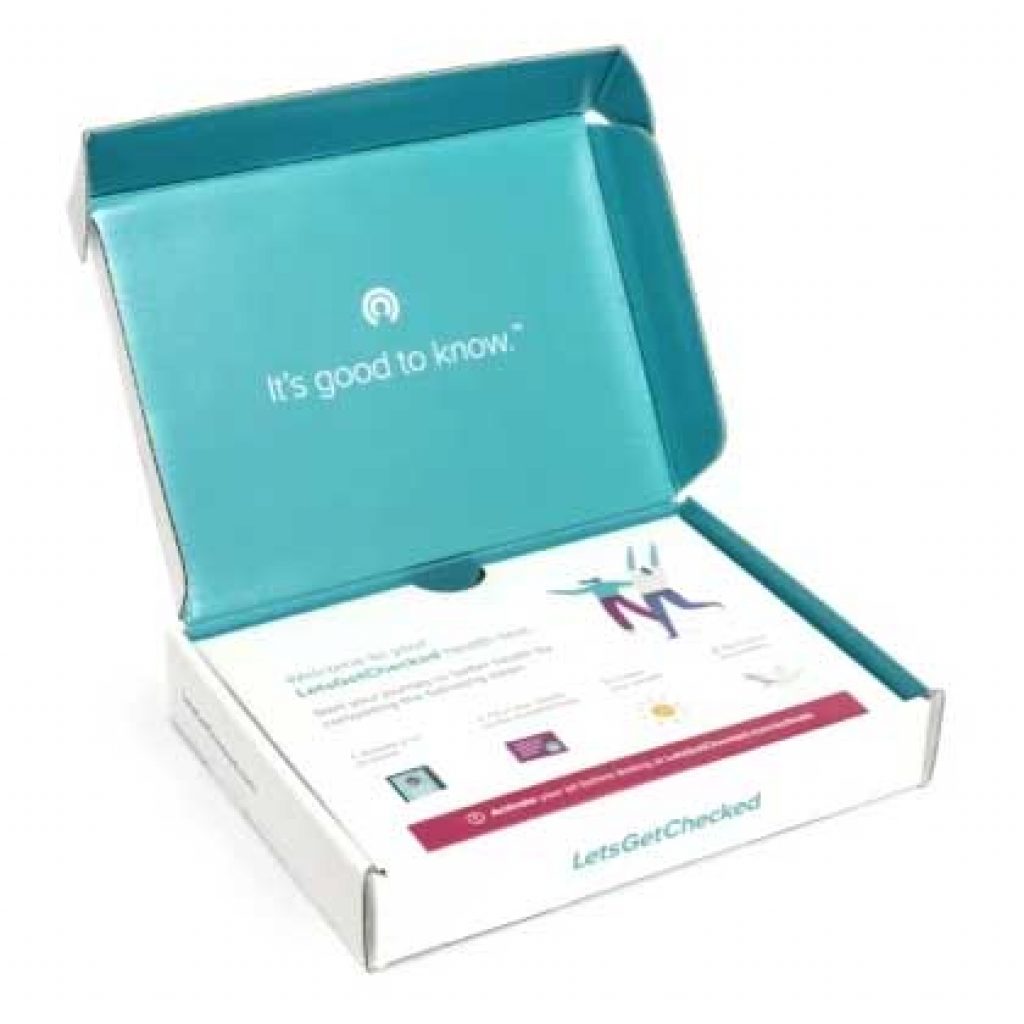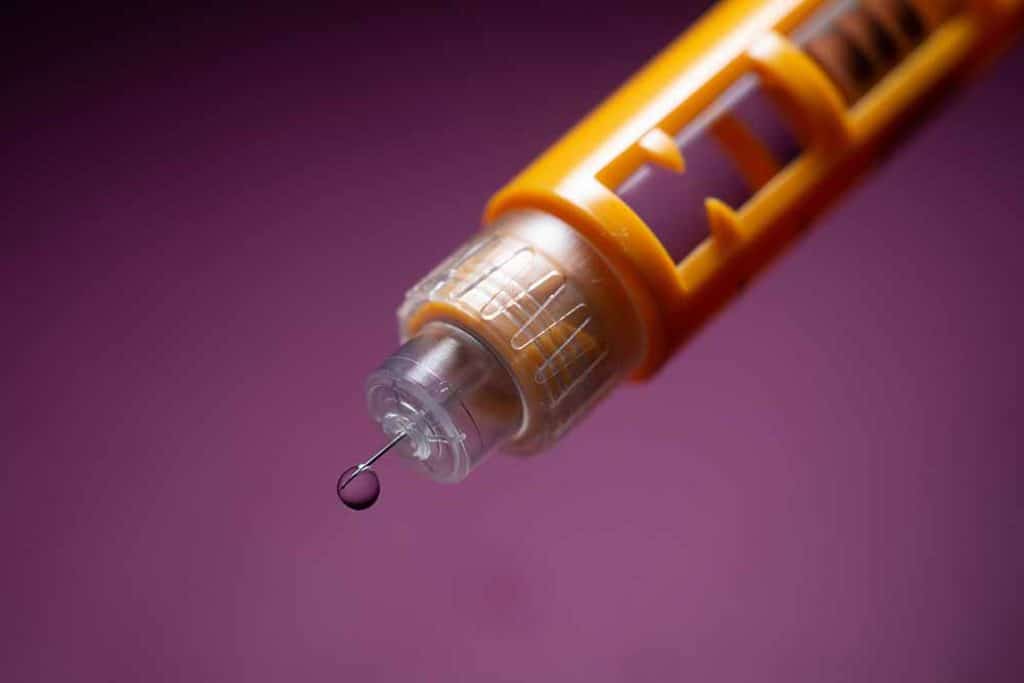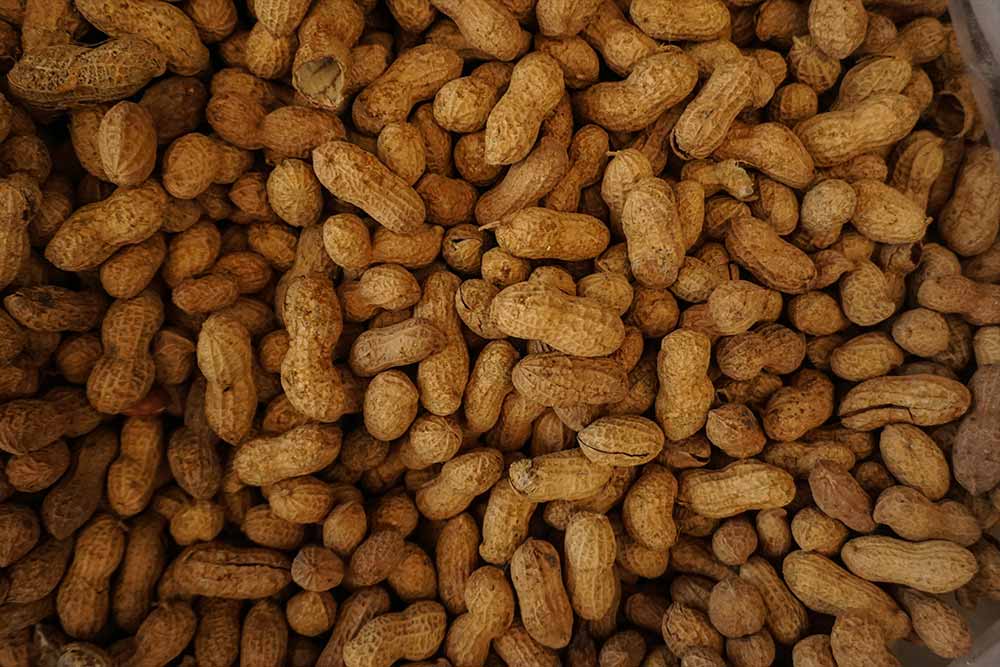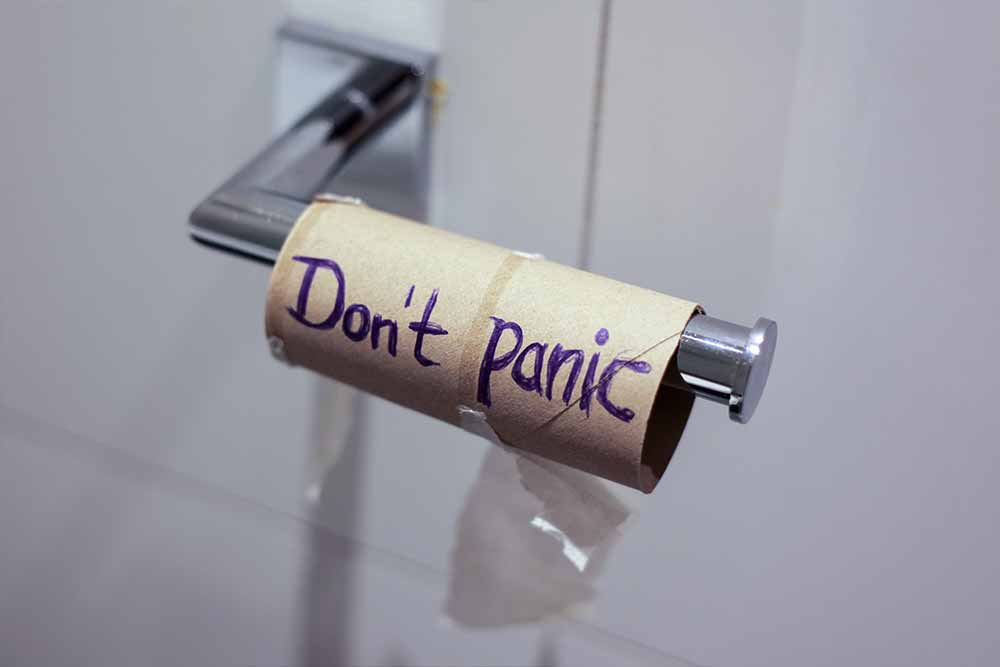Diabetes tests screen your blood sugar to check if you have prediabetes, type 1, type 2 diabetes or gestational diabetes.
There are a range at-home diabetes test options for monitoring your blood sugar levels from glucose monitors to mail-in lab tests, but in most cases if you have serious concerns about diabetes, consult a health care practitioner to understand the best blood tests for diabetes.
The different blood tests for diabetes
HbA1c test
What is it: An HbA1c test (glycated hemoglobin A1c) measures the amount of glucose attached to your hemoglobin, measuring your average blood sugar levels over the past 3 months.
Blood cells generally live for around 3 months, which is why this test is good at giving an average for the life of the blood cells present in the test.

LetsGetChecked
At-Home Diabetes Test
HbA1c test
% of Hemoglobin A1c
Results 2 to 5 days
Finger Prick Sample
$79.00
This is a simple at-home diabetes test to measure the percentage of Hemoglobin A1c in a finger prick blood sample. You take your sample at home, post it back to the lab and your results are online in 3-5 days.
What does it do: The A1c test is used to aid the diagnosis of prediabetes and diabetes, by measuring the amount of glucose that has bound to hemoglobin.
Who needs it: Firstly the test is used to diagnose diabetes and prediabetes. A healthcare practitioner will use the HbA1c test to confirm a diagnosis of prediabetes, type 1 diabetes and type 2 diabetes and will normally test over a number of days to check the consistency of results.
If you have prediabetes or diabetes, this test should be taken regularly to monitor your blood sugar levels and in the case of prediabetes to check whether you improving (potentially reversing the condition) or for diabetes that they are staying within a required range.

Typical results: HbA1c test results are presented in the form of a hemoglobin A1c levels percentage. If the results show levels between 4% and 5.6%, it is considered normal.
Prediabetes is diagnosed when A1c levels are between 5.7% and 6.4% which in many cases leads to diabetes if left untreated or ignored. Anything over 6.5% is a serious health concern, ultimately leading to a diagnosis of diabetes.
Managed diabetes normally falls above 6.5%, but should be kept at less than 7%. A higher hemoglobin A1c level than 7% can highlight the risk of significant health concerns.
Random blood sugar test
What is it: A random glucose test is a snapshot blood sugar test of your current blood glucose levels, to measure the amount of glucose in the blood at that exact moment of testing. Unlike an HbA1c test is not an average over time, it is a precise measurement of the sugar in the blood at the given time.
The test is administered in a number of different ways, but is essentially derived from a blood sample most often through a finger prick with instant results, but can sometimes require a lab test where blood is collected through a syringe and vial.
It is a random blood test designed to check the normal circumstances of the patients day to day habits. So fasting is not required for this test, for that reason however, recent food and drink intake will influence the diabetes test results.
What does it do: It offers the recipient an instant view of their blood sugar levels to determine whether they are under control. If the glucose levels are too high the patient is at risk of hyperglycemia, if the levels are low the results could indicate hypoglycemia.
Who needs it: People with type 1 diabetes do not produce insulin, so their blood sugars are not processed by the body's natural functions. A random glucose test shows how much sugar the person has in their blood, allowing them to make necessary adjustments according to their health care recommendations and treatment plan.
Similarly, those with Type 2 diabetes who do not produce enough insulin, will use the test to gauge blood sugar levels at any given time, to also make adjustments based on treatment advice from their healthcare practitioner.
A random blood sugar test might also be suggested for those suffering from prediabetes or diabetes symptoms, but may have not yet been diagnosed.
Typical results: The test measures the blood sugar in milligrams per deciliter (mg/dl). Whilst the test results are accurate, lifestyle factors do affect the results as they are live readings of blood sugar levels that fluctuate with food and drink intake – however, a reading of 200mg/dl or higher is typical of someone suffering from diabetes.
Glucose tolerance test
What is it: A glucose tolerance test is very similar to a standard blood sugar test, but instead measuring the amount of glucose in your blood but through a series of controlled steps.
A fasting period of around 8hrs helps lower the blood sugar to a base level known as your fasting blood sugar levels. This level gives a base from which results will determine your body's response to any additional sugar intake.
A series of tests are performed whilst controlling the amount of sugar intake and the results determine your tolerance to the added sugar intake. Tests are normally performed within a time limit after consuming a sugary drink and are normally determined by the testing facility or care practitioner.
This could be a repeated test every hour for a nominated timeframe until a pattern has emerged highlighting the body's management of sugar intake. test circumstances differ based on the size of the drink and the amount of time the testing facility wishes to analyze the results.
What does it do: The test measures the before and after effects of sugar intake in a controlled process using a sugary drink designed to fix the consumption of sugar to a precise amount.
Who needs it: As in most diabetes tests it is used to monitor the disease and help determine plans for treatment. It is a controlled test over a period of time so adds an additional layer to other testing types. So should be used in support of tests like an HbA1c test or random blood sugar test.
Anyone with diabetes or symptoms of the many forms of diabetes can use this test to determine their body's response to additional sugar intake under the control of knowing their fasting sugar levels versus their tolerance to increased glucose levels.
Typical results: The test measures the blood sugar like other diabetes tests in milligrams per deciliter (mg/dl). In each case the results will be obtained from a set period within the testing timeframe, this could be a 2 hour reading, or a three hour reading dependent on the needs of the test.
But as in other tests a reading of 200mg/dl or higher is typical of someone suffering from diabetes. Prediabetes is indicated with a reading of a 140-199mg/dl and a result below 140mg/dl is considered normal.
Fasting blood sugar test
What is it: After an overnight fast (suggested as 8hrs minimum with no food) a standard blood glucose levels test (HbA1c test) is carried out to measure the amount of sugar in your blood.
What does it do: It helps understand how well your body has naturally processed any sugar intake that previous day.
As the production of insulin is limited in those suffering from the many forms of diabetes, the test will show how much sugar is unnaturally left in the system and has either not been removed by the creation of insulin or has been removed with the intervention of medication.

Who needs it: The test is used to determine the effectiveness of treatments for those with diabetes and is one of the many tests used to aid in the diagnosis and management of diabetes by understanding how the body deals with sugar when the patient is under fasting conditions.
Typical results: Results are dependent on the eating habits of the individual being tested and any medication they may taking already.
Quite often this test will be conducted multiple times to get an average set of results that offer some form of consistency. Results can be skewed if patients have an abnormally large intake of sugar the night before the tests or perhaps a lower than normal intake.
In the case of a fasting blood sugar test, the blood sugar levels are expected to be lower than in other controlled diabetes tests. A result of 126mg/dl and above is considered typical of someone suffering from diabetes (as opposed to 200mg/dl or above), 100 – 125 mg/dL is consistent with prediabetes patients and 99 mg/dL or below is a normal level.
Gestational diabetes testing
Gestational diabetes is a form of diabetes that arises during pregnancy, it develops within the period of pregnancy and usually disappears after giving birth. There are a number of tests that can be carried out in order to diagnose gestational diabetes including a glucose screening test and further on a glucose tolerance test.
Gestational diabetes – glucose screening test
What is it: A blood glucose test aimed at measuring the levels of sugar after the patient has consumed a syrupy drink. Similar to a glucose tolerance test, but without the fasting period, this test is performed in and around the patient's normal dietary activity.
The standard blood glucose test (HbA1c) is normally taken around 1hr after consuming the controlled sugary drink.
Typical results: Blood glucose levels above 190mg/dl indicate gestational diabetes. Levels below 140mg/dl are considered normal. If the results are between 140-190mg/dl the patient is recommended to take a 3-4hr glucose tolerance test for more controlled results to determine whether they have gestational diabetes or if high blood glucose levels were in fact simply impacted by an anomaly of some kind.
Gestational diabetes – glucose tolerance test
What is it: A series of tests are performed whilst controlling the amount of sugar intake and the results determine your tolerance to the added sugar intake. Tests are normally performed within a time limit after consuming a sugary drink and are normally determined by the testing facility or care practitioner.
This could be a repeated test every hour for a nominated timeframe until a pattern has emerged highlighting the body's management of sugar intake. test circumstances differ based on the size of the drink and the amount of time the testing facility wishes to analyze the results.
The test measures the before and after effects of sugar intake in a controlled process using a sugary drink designed to fix the consumption of sugar to a precise amount.
Typical results: Blood glucose levels above 190mg/dl indicate gestational diabetes. Levels below 140mg/dl are considered normal. Anything in between could be circumstantial, so will require ongoing testing to determine a precise diagnosis or cause for the increase.
Gestational diabetes is managed in most cases through healthy lifestyle choices and diet advice as it normally disappears after childbirth.
What blood tests are for diagnosing diabetes?
Diagnosing diabetes is a process involving a healthcare practitioner and the selection of blood tests available to them. In most cases, a blood sugar test in the form of an HbA1c test is used to measure the amount of glucose bound to hemoglobin in the blood.
There are a number of different test conditions designed to alter blood sugar levels prior to testing, like fasting or random blood sugar testing. But ultimately almost all diabetes blood tests are a blood glucose test of some form to measure either HbA1c the amount of glucose bound to hemoglobin or a blood glucose test from a range of blood sugar measured in milligrams per deciliter.
What blood test results indicate diabetes?
In an HbA1c (glucose bound to hemoglobin) a result of 6.5 or higher indicates the presence of diabetes. A1c levels of between 5.7% and 6.4% indicate prediabetes. Levels between 4% and 5.6% are considered normal.
In a blood sugar test (measured in milligrams per deciliter) diabetes is determined at 200 mg/dL or above, prediabetes between 140 – 199 mg/dL and normal range below 140mg/dl
In a fasting blood sugar test, to lower the levels for controlled testing, 126 mg/dL or above could indicate diabetes, prediabetes between 100 – 125 mg/dL and normal range below 100mg/dL
Sources
diabetes.org.uk – Tests for diabetes
CDC – Diabetes getting tested
Image Credits
Featured Image – Photo by Firmbee.com
Cooking couple – Photo by Wasa Crispbread
Insulin Syringe – Photo by Dennis Klicker








